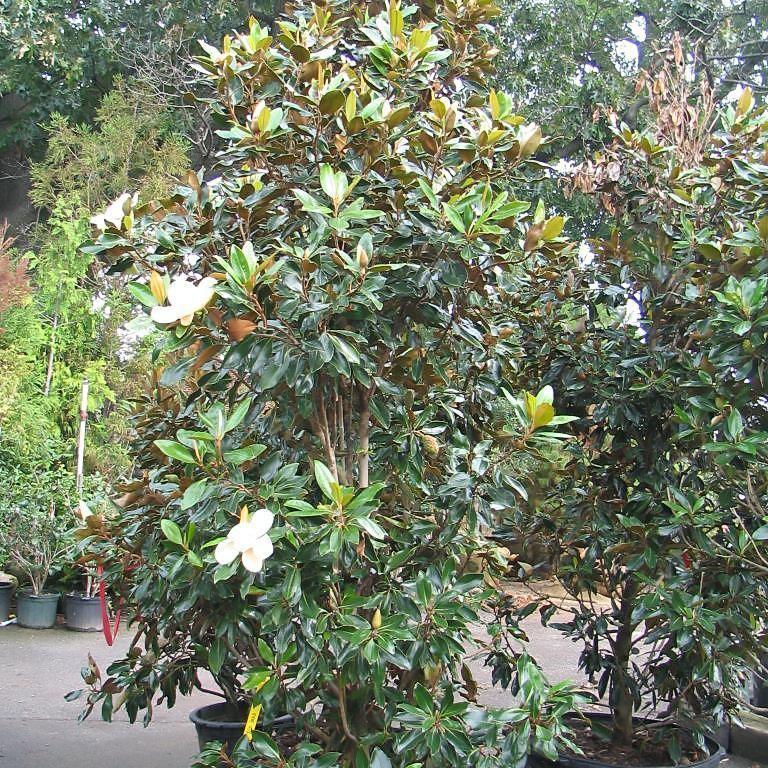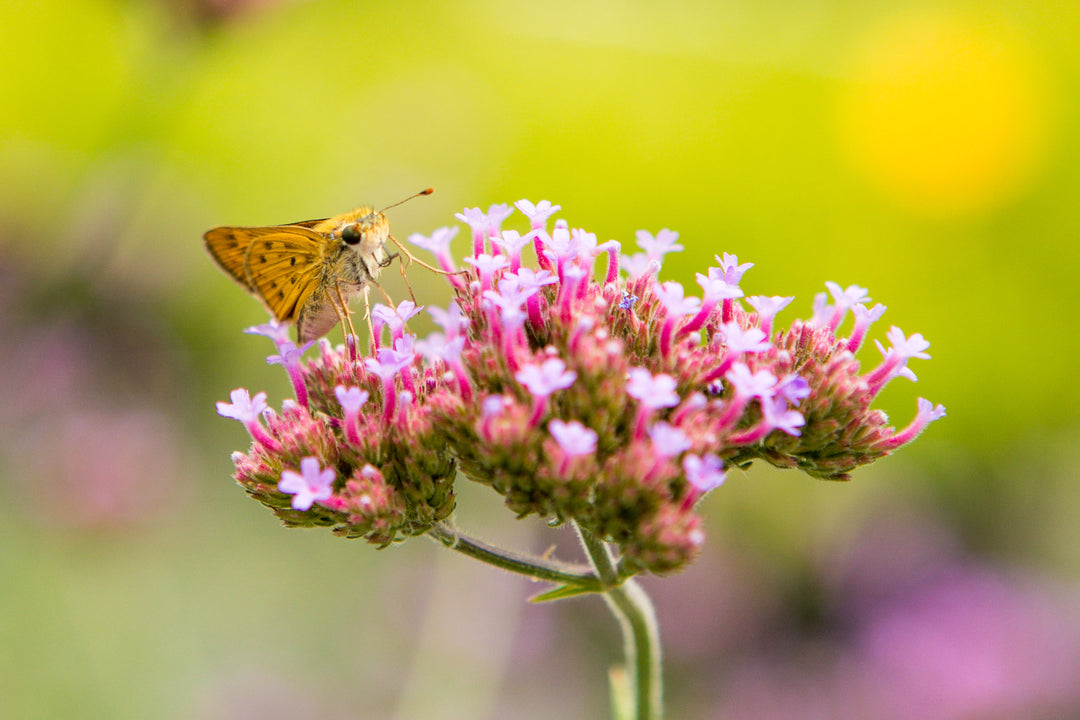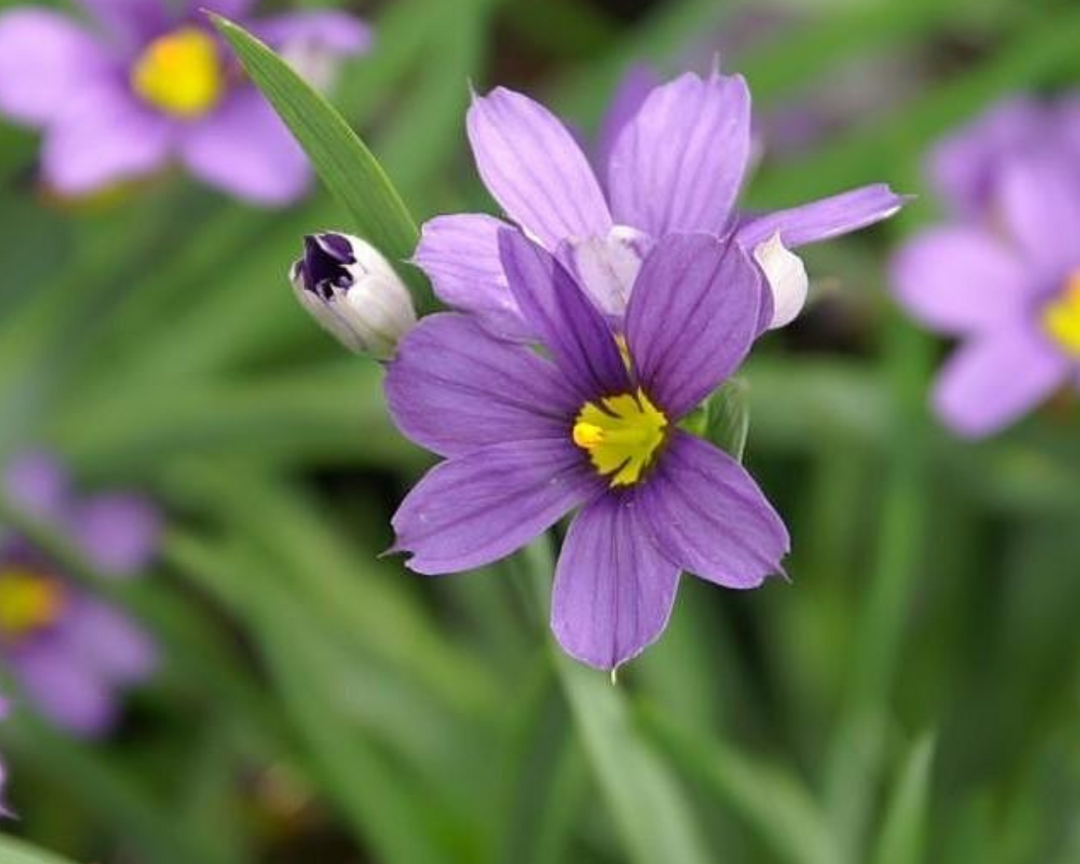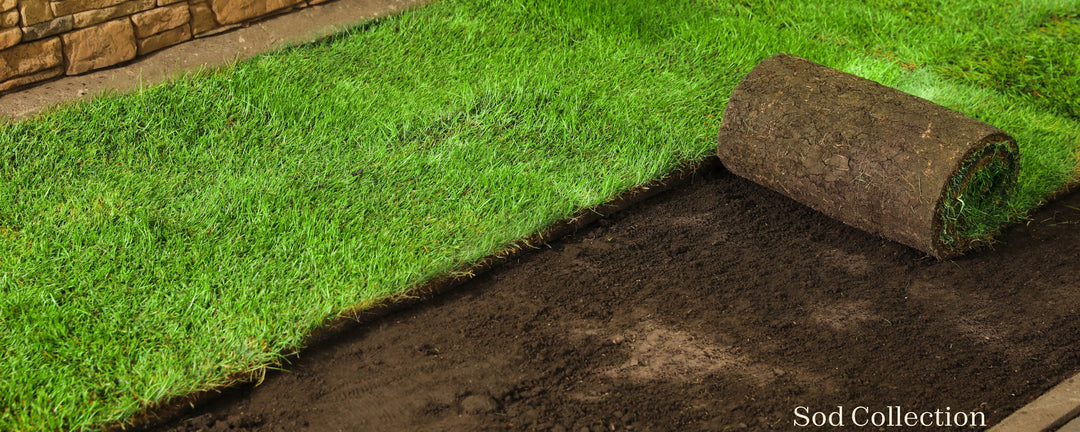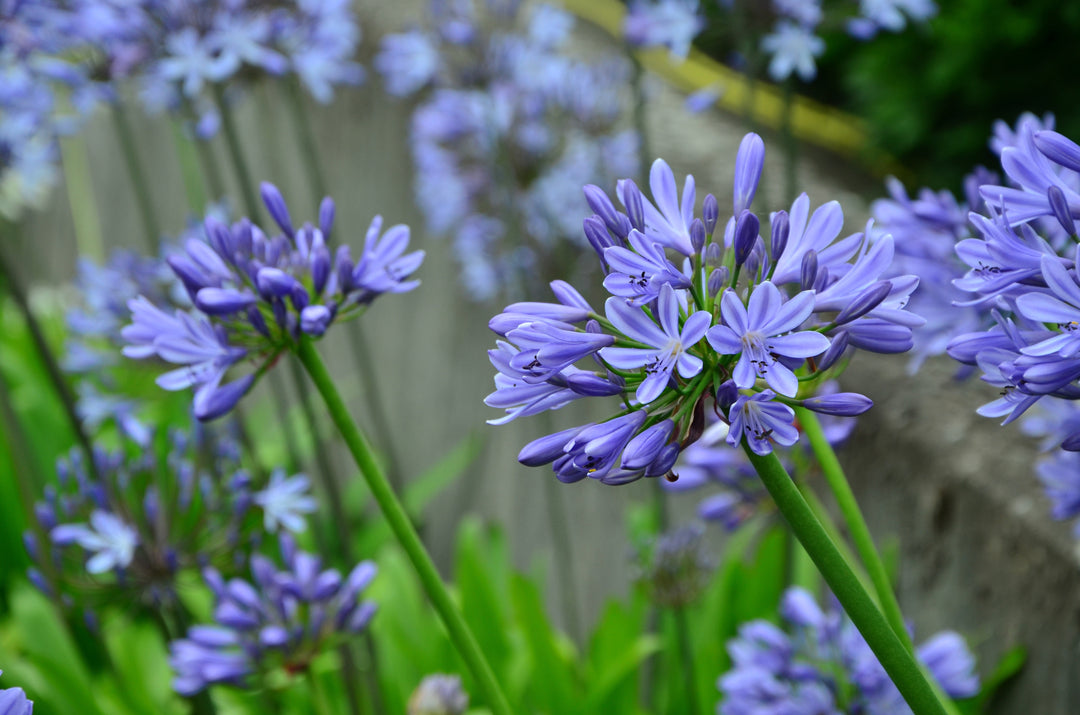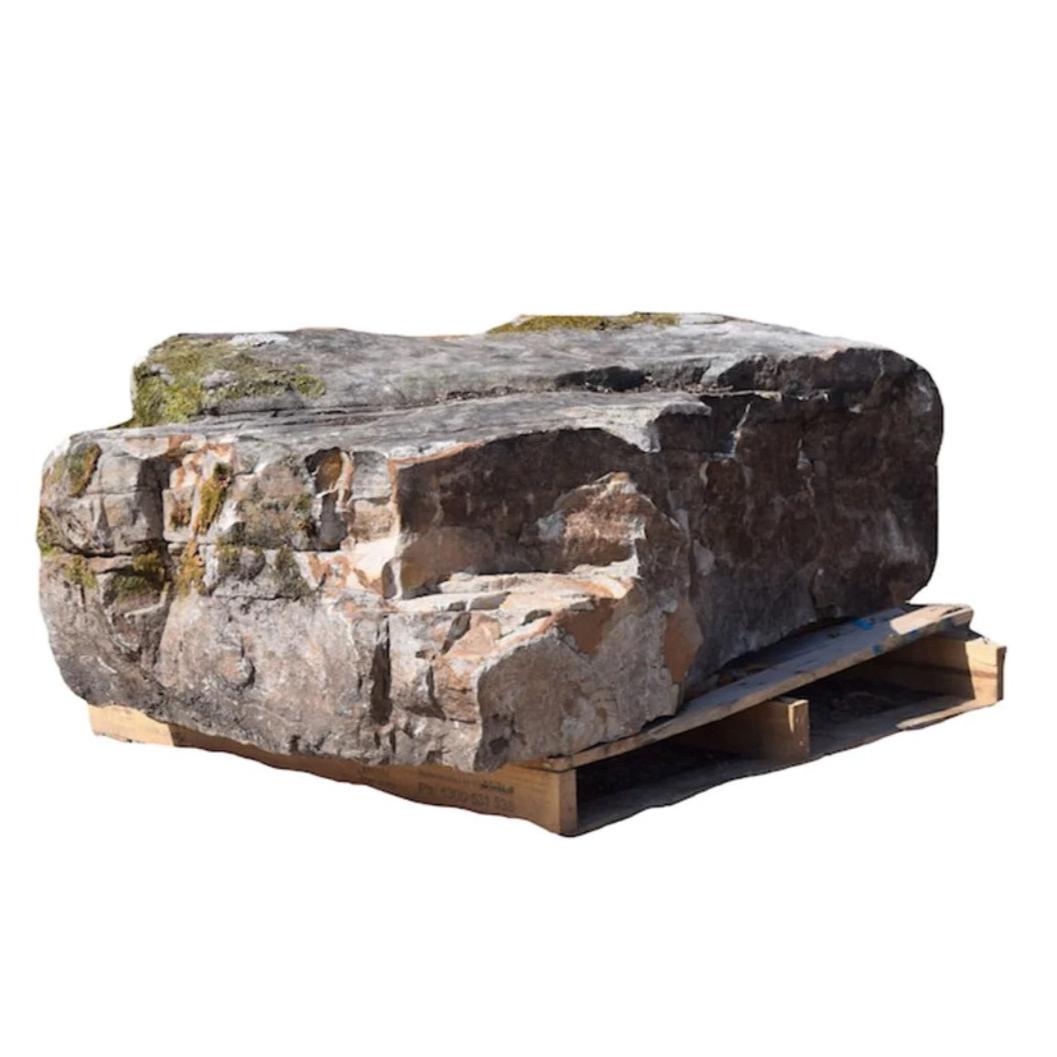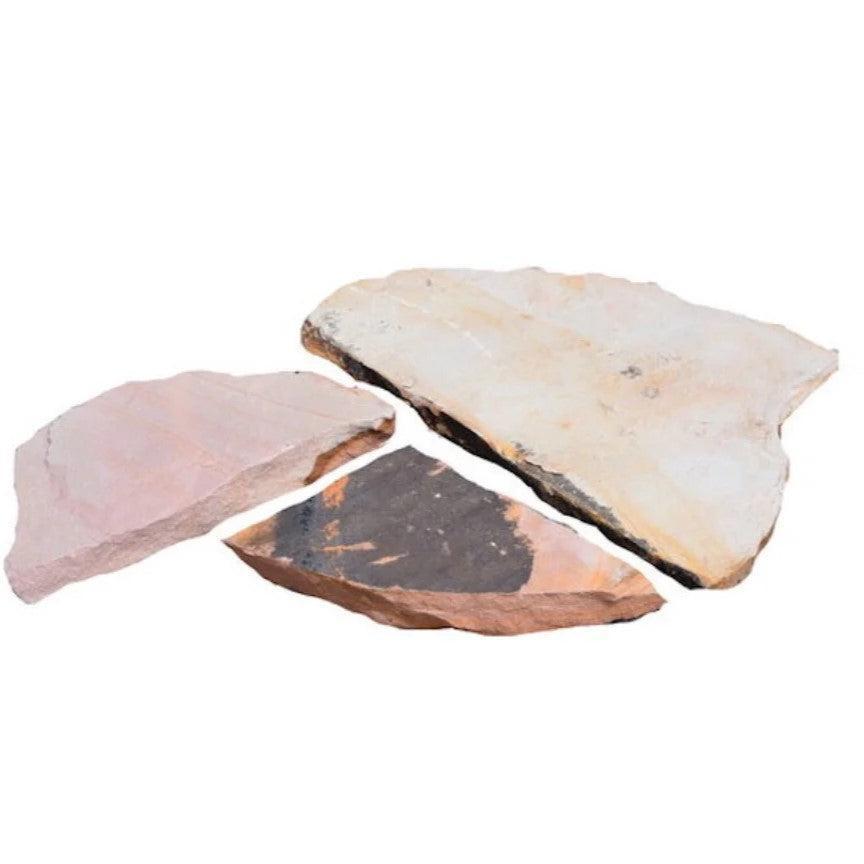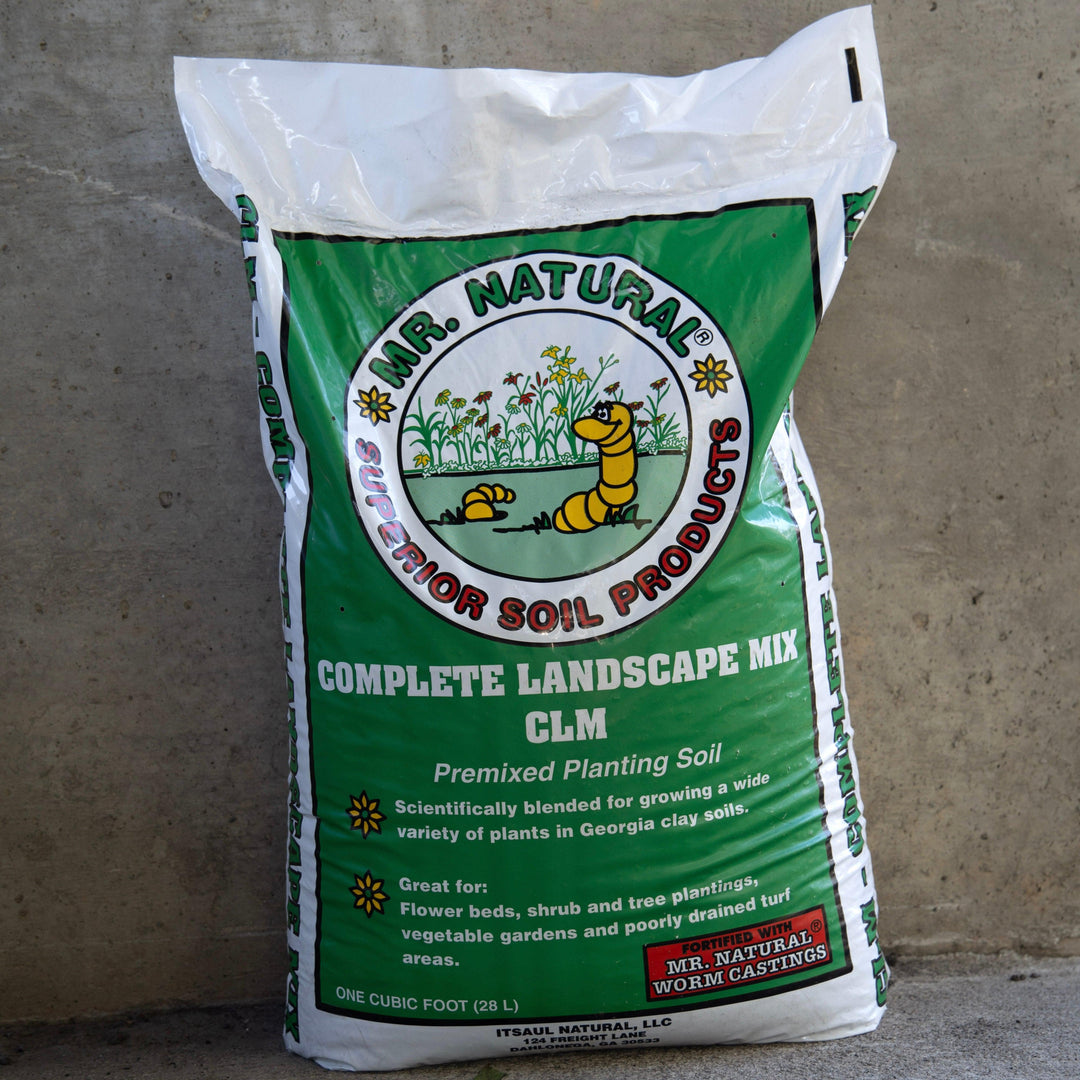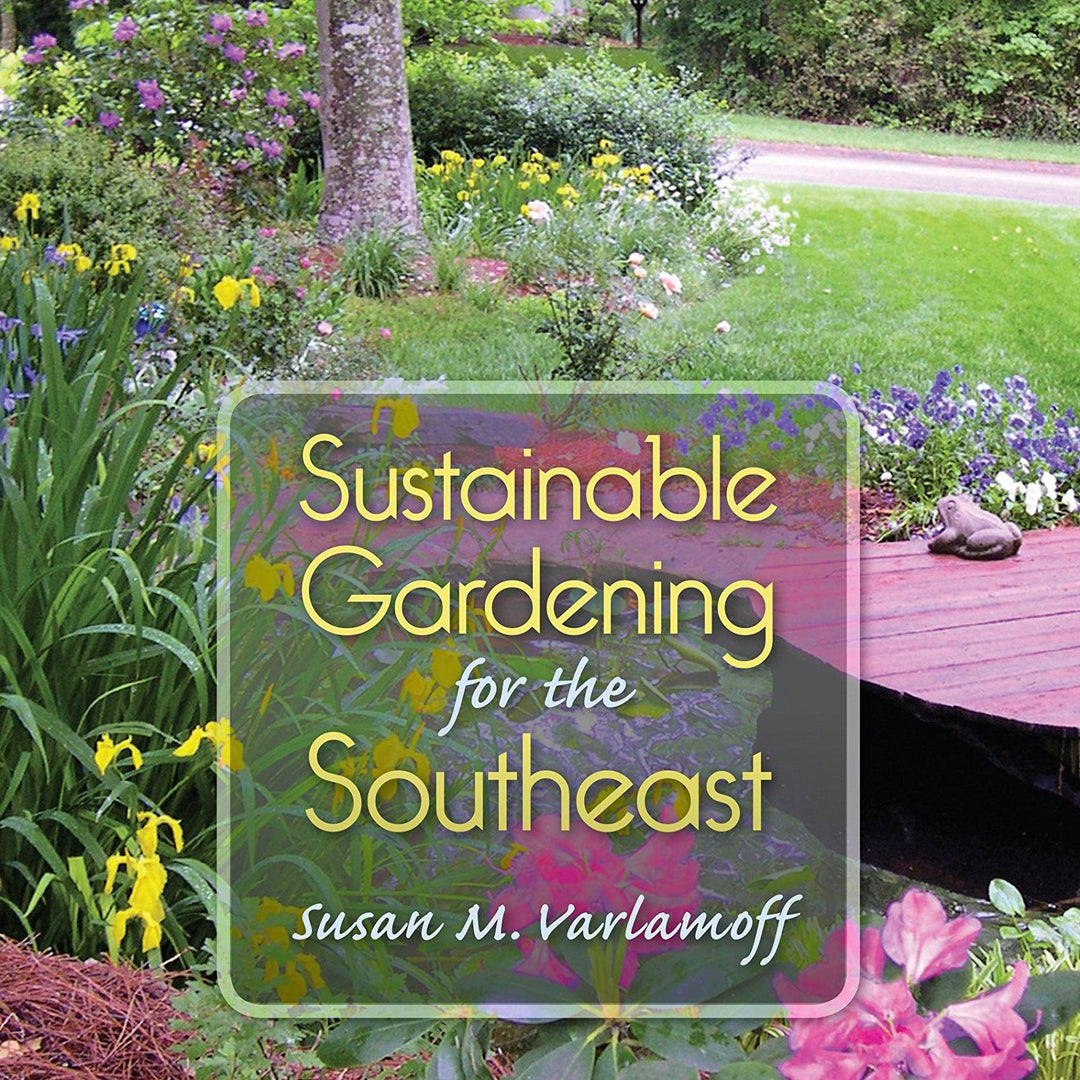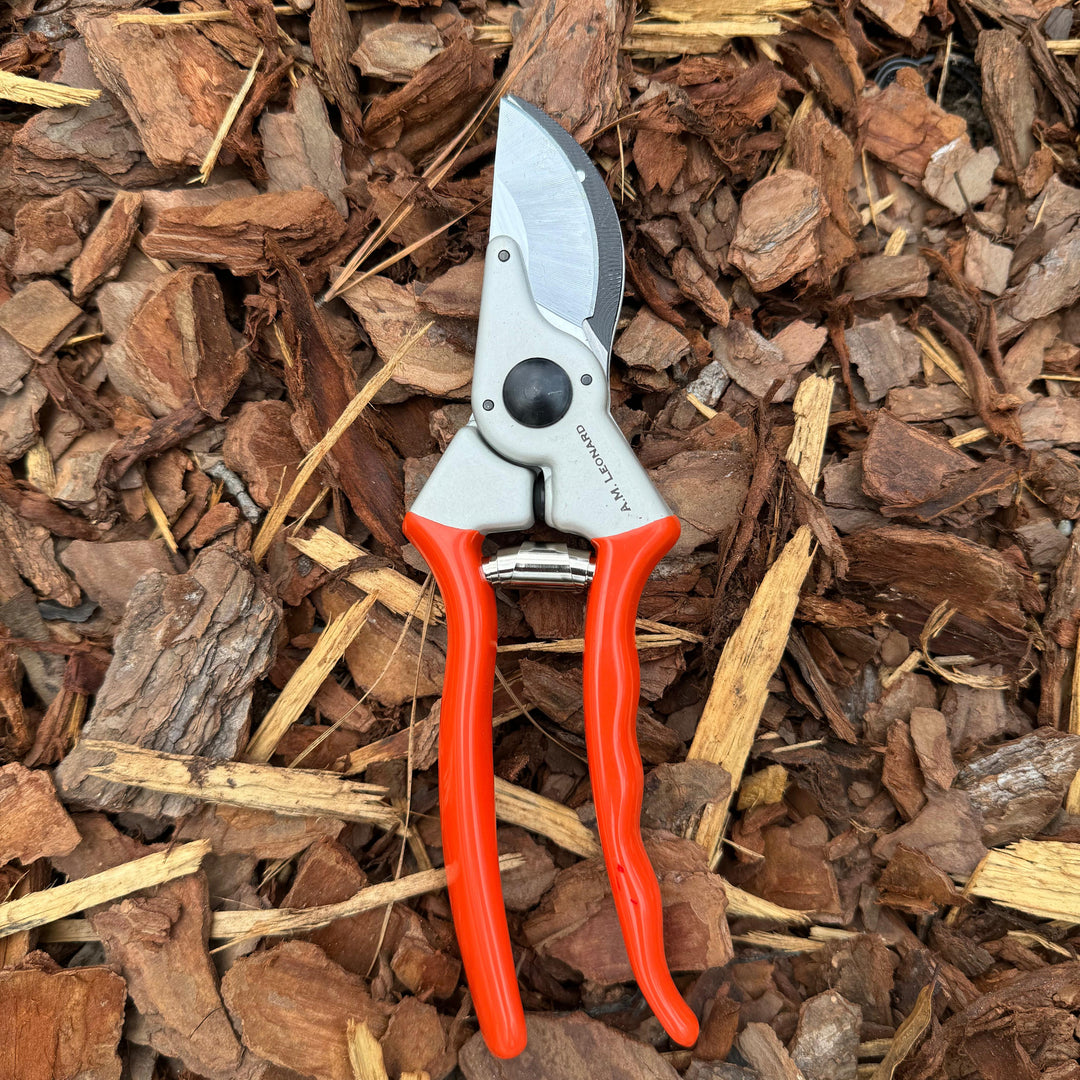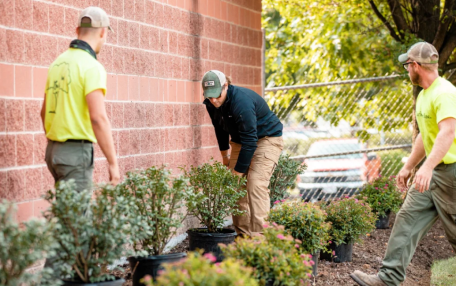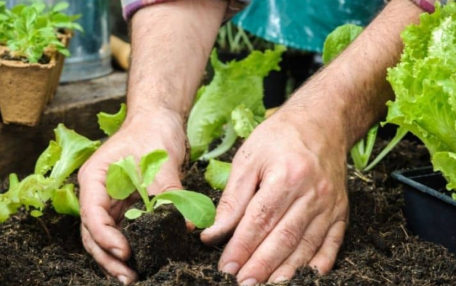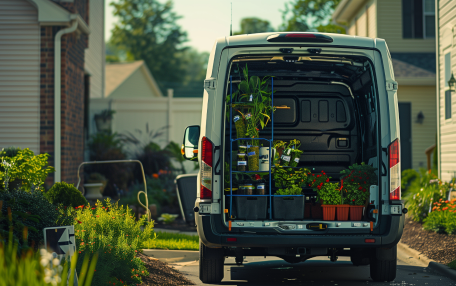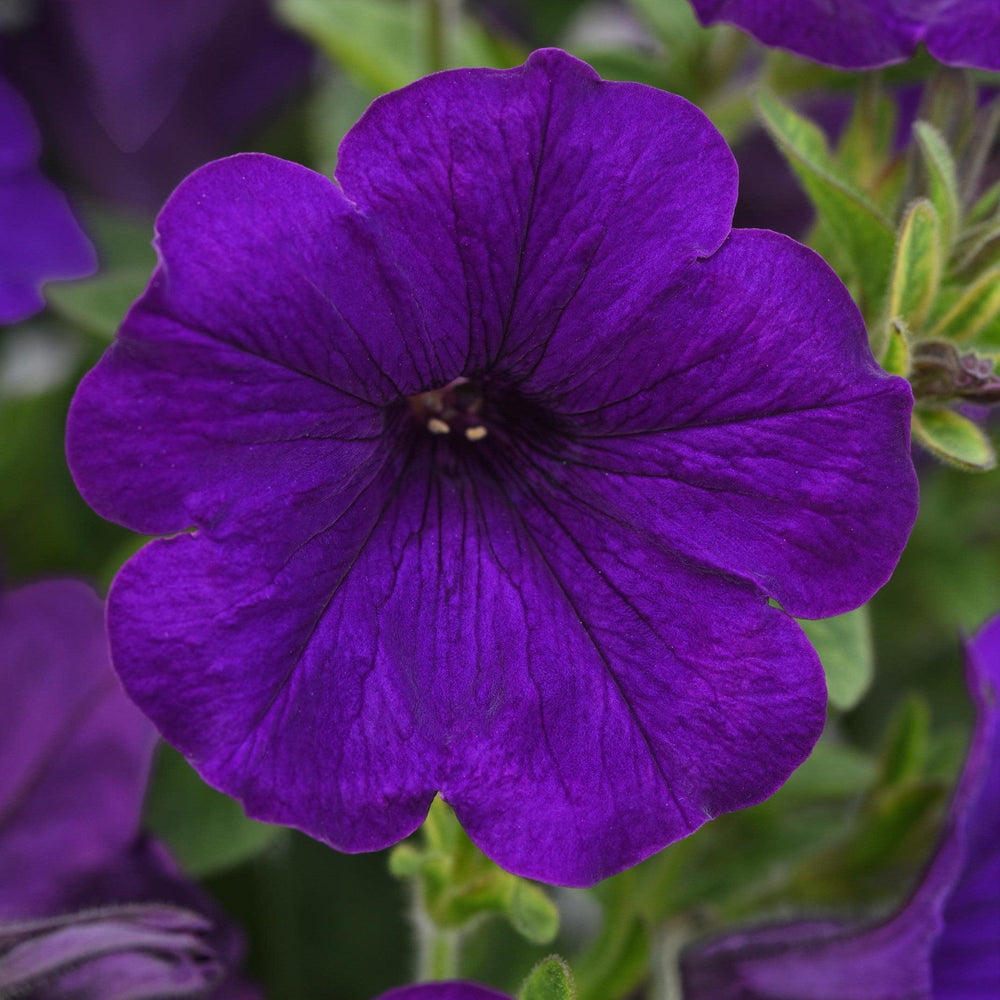How to Protect Your Outdoor Plants During a Deep Freeze

Winter can be harsh on your garden, especially during a deep freeze when the temperatures dip well below freezing for extended periods. The cold can damage your plants in various ways, causing them to wilt, dry out, or even die if they’re not protected. Fortunately, there are several steps you can take to protect your outdoor plants and help them survive the freeze. Whether you're dealing with a surprise cold snap or preparing for the winter season, here’s a guide to safeguarding your garden.
1. Know Your Plant Hardiness Zone
The first step in protecting your plants during a deep freeze is knowing which plants are most vulnerable. Plants vary in their cold tolerance, and some are naturally more resistant to freezing temperatures. Check your USDA Hardiness Zone (or your local equivalent) to identify plants that are cold-hardy in your area. For tender plants that may not survive the cold, take extra care to shield them from freezing conditions.
2. Cover Plants with Frost Cloths or Blankets
Covering your plants with frost cloths, old blankets, or sheets is one of the easiest ways to protect them from the cold. These materials act as insulation, trapping heat close to the plant. It’s important to make sure the cover reaches the ground to keep the warmth in and prevent drafts from damaging the plant. Avoid using plastic, as it can trap moisture and cause more harm than good.
For added protection, you can place stakes around your plants to prevent the covers from touching the foliage, allowing air to circulate while still offering a barrier against the cold.
3. Use Mulch Generously
Mulch is a fantastic tool for protecting plants from freezing temperatures. A thick layer of mulch around the base of your plants helps insulate the roots and maintain soil warmth. Organic materials such as straw, shredded leaves, or wood chips work well. Apply mulch in a 3–4 inch layer, making sure it doesn’t touch the plant stems directly to prevent rot. Mulch is especially crucial for perennials and shrubs that need protection at the root level.

4. Water Your Plants Before the Freeze
Although it might seem counterintuitive, watering your plants before a freeze can help them survive. Plants that are hydrated are better able to withstand freezing temperatures than those that are dry. Watering the soil in the afternoon, when the temperatures are slightly warmer, gives the roots time to absorb moisture before the cold snap. Be careful not to overwater, as soggy soil can lead to root rot.
5. Move Potted Plants Indoors
Potted plants are more susceptible to temperature fluctuations since their roots are confined to a container and are not insulated by the ground. If possible, move your potted plants indoors or into a sheltered space like a garage, shed, or basement. If you don’t have space inside, consider placing the pots against a wall or under an overhang to shield them from the worst of the cold.
If moving your plants indoors isn’t an option, you can wrap the pots with insulating materials like burlap or bubble wrap to protect the roots.
6. Use a Cold Frame or Greenhouse
If you have delicate plants that need consistent protection, consider investing in a cold frame or greenhouse. These structures provide a more controlled environment where you can shield your plants from the freezing weather while still allowing sunlight to reach them. Cold frames, in particular, are easier to build and can be placed directly over your garden bed.

7. Prune Dead or Damaged Foliage
Pruning your plants before a freeze helps reduce the amount of tissue that could be damaged by the cold. Trim any dead, diseased, or damaged leaves, stems, or branches to prevent them from causing additional stress to the plant during the freeze. Be cautious when pruning tender plants, as cutting too much away can expose vulnerable areas to the elements.
8. Keep an Eye on Weather Forecasts
Stay updated on weather forecasts so that you can take action before the freeze hits. Early preparation gives you more time to protect your plants and avoid a last-minute rush to cover them. If temperatures are expected to drop suddenly, consider bringing your more delicate plants inside or covering them earlier in the day to give them maximum protection.
9. Use Christmas Lights for Extra Heat
For particularly cold nights, you can use non-LED Christmas lights to provide some extra warmth to your plants. Stringing a few strands of lights around your plants will generate a small amount of heat, which can make a big difference when temperatures plummet. Just be sure to turn them off during the day to avoid overheating the plants.

10. Take Care of Evergreen Shrubs
Evergreen shrubs, while more cold-tolerant, still need protection during a deep freeze. The cold can dry out their leaves, causing them to turn brown. Wrap evergreen shrubs in burlap or cover them with a frost cloth to shield them from the wind and cold. Be sure to avoid covering them too tightly, as air circulation is necessary for healthy growth.
Final Thoughts
Protecting your outdoor plants during a deep freeze requires a bit of extra effort, but it’s worth it to ensure your garden survives and thrives when the warmer months return. By covering plants, mulching, hydrating, and taking preventive measures, you’ll give your garden the best chance to make it through the cold weather.
Keep an eye on the weather and always be prepared for a sudden temperature drop. With some planning and these helpful tips, you can shield your garden from the harshest winter conditions and enjoy your flourishing plants come springtime!

